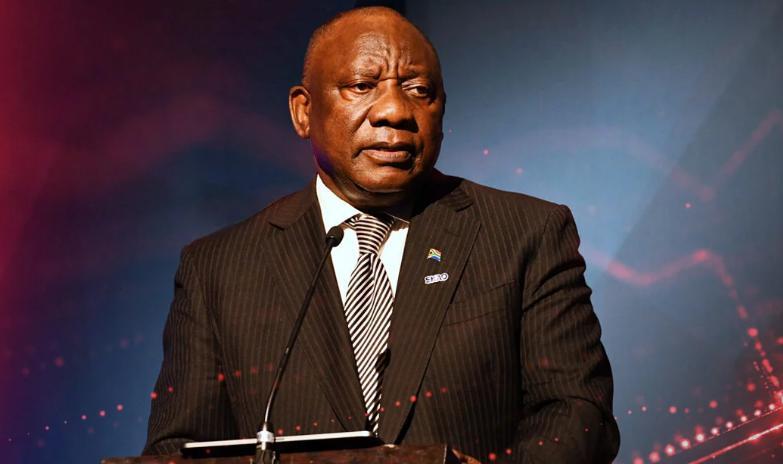Africa-Press – South-Africa. South Africa’s gradual structural reforms are breathing life into the economy, but aren’t sufficient to lift the growth rate to the government’s 3.5% target, according to Moody’s Ratings.
Africa’s largest economy has grown less than 1% annually for more than a decade, hamstrung by dilapidated infrastructure, electricity shortages, logistics bottlenecks, crime and corruption.
A coalition government formed after the African National Congress lost its majority in last year’s national elections has prioritised reforms as it seeks to spur growth to as much as 3.5% by 2030.
“We don’t see in our baseline that the current reform progress to date — and our expectation of how reforms will progress — will be sufficient to raise economic potential beyond 2%,” Evan Wohlmann, Vice President – Senior Credit Officer at Moody’s, said in an online briefing on Tuesday.
A study conducted by Investec Wealth & Investment International found that the economy is at least 37% smaller than it would have been had it tracked its emerging-market peers and sustained annual growth of 4.5% since 2010.
Most economists put South Africa’s growth trajectory for 2025 at between 0.8% and 1.2%, climbing to above 1.5% in 2026.
Helping the growth outlook was a surprising second quarter GDP figure, which saw the economy grow at 0.8% against projections of 0.5%. First quarter growth was marginal at only 0.1%.
While South Africa has been hit by global trade wars and punitive tariffs from the United States, the impact has not yet fed through to industry numbers, leading to some hope that it won’t be as bad as expected.
On the consumption side of the economy, households have been spending more thanks to higher salaries and lower interest rates—though they remain under pressure.
Nevertheless, no one is forecasting a return to 3% growth in the near-term, especially not without wide-sweeping economic reforms.
Moody’s expects South Africa’s output to expand by 1% this year and 1.6% in 2026. The malaise is likely to impact the government’s efforts to manage its finances, Wohlmann said.
“In our view it will be challenging for South Africa to achieve a meaningful decline in general government debt without significantly higher economic growth than is forecast under our baseline,” he said.
Still a junk economy
The bleak outlook for the country also means that it is unlikely to crawl its way out of junk—or sub-investement grade—status any time soon.
South Africa lost its investment grade rating from Moody’s in March 2020.
South Africa needs to find ways to boost economic growth if it wants to get its credit rating heading back to the investment grade threshold it lost half a decade ago, the group said.
“Any conversation about South Africa’s sovereign credit outlook needs to start with economic growth,” Wohlmann said.
“There will be upward pressure on the rating if we see South Africa making significant progress in alleviating structural constraints on economic potential.”
Moody’s next review of South Africa’s credit rating is scheduled for 5 December. It currently rates South Africa at Ba2, with a stable outlook.
Weak investment remains a hindrance.
Foreign direct investment in the country fell to $2.5 billion in 2024, its lowest in seven years and down 29% from 2023, according to the United Nations Conference on Trade and Development’s World Investment Report 2025.
Moody’s said private infrastructure investment remains insufficient to lift South Africa’s potential growth significantly beyond 2%.
Wohlmann cautioned that the rating could face downward pressure if economic growth prospects were to deteriorate, resulting in weakened fiscal strength or setbacks in structural reforms that point to diminished policy effectiveness.
Ratings agency S&P rates South Africa at ‘BB-/B’ and has a “positive” outlook, while Fitch has a BB- rating on South Africa, also with a stable outlook.
Source: businesstech
For More News And Analysis About South-Africa Follow Africa-Press






